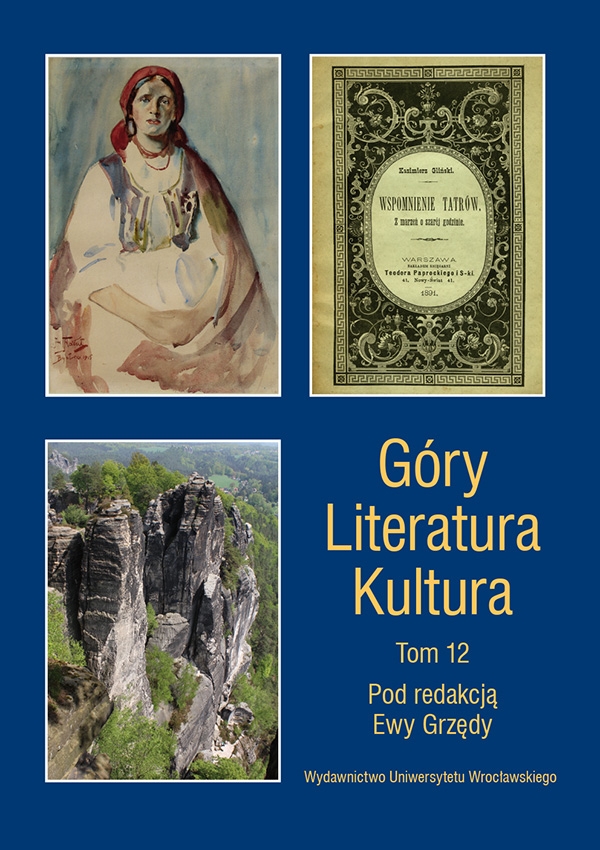

Artykuły i rozprawy

“What does man achieve up there?” On the political use of mountaineering experiences
Since the 1870s the socio-economic and national conflicts with ethnic backgrounds reached the highest Alpine peaks. This was visible in a broad European context, but especially in the Habsburg Monarchy. This was where demands for political participation and social emancipation of allegedly disadvantaged ethnic groups in the Reich were juxtaposed with aggressive German-Austrian strategies seeking to preserve the status quo. In this context, “capturing” and “seizing” highland areas in disputed language border regions of the multi-ethnic empire became terms of huge symbolic and identity-shaping significance.
In comparison with the British Alpine Club, whose members were well travelled climbers, Central European Alpine associations were anchored in regional political contexts and had clear nationalistic views. They reflected the specific socio-psychological determinants, moral values and social norms of the bourgeois elites, from among whom the leaders and members of these associations came almost exclusively as late as in the early 20th century. In its early hybrid form — vacillating between sport and science — mountaineering turned out in many respects to be a useful tool of cultural takeover and emotional awareness-raising with regard to one’s own homeland presumed to be threatened by a foreign element; it was useful as a driving force in internalising national identity, social values, political concepts as well as heroic military maxims referring to desirable behaviour. The first ascents of mountain peaks and “capturing” of hitherto untouched highland areas, construction of prestigious hotels and mountain hostels as well as nationally-inspired monuments on mountain peaks became semiotic expressions of territorial aspirations of a nation, a symbolic seizure of the mountains, preventing “ethnically foreign” profanations. Thus emerged a new, collectively binding mental map with sanctified mountain peaks and ranges that were incorporated into the nation’s iconography. The politicisation of mountains and mountain climbing became part of the “nationalisation of the masses.”
The author of the article examines these aspects, using the multi-ethnic region of Tyrol as an example. He analyses, first of all, the Società degli Alpinisti Tridentini, an organisation operating in the southern, Italian-speaking part of the country, and its equivalent, the much larger German and Austrian Alpine Club. The analysis features, among others, various ideas of “nature”, “mountains” and climbing, varied goals mountaineers set for themselves, and, finally, the link between socio-economic conflicts with ethnic backgrounds and peaks in the Dolomites and the Ortler. These were conflicts which, in some sense, paved the way for the subsequent fighting during the First World War or, in any case, directly led to it.